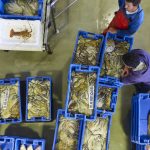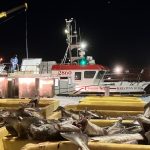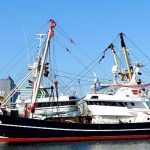Five years ago the network of marine protected areas (MPAs) was established to preserve the natural legacy of California’s Channel Islands. According to a study the MPAs are improving biodiversity and ocean health without significant effects on the fishing economy. The study was the result of nearly two dozen research projects which was presented on a special session of the California Islands Symposium on February 7 and 8.
Gregory Helms, program manager at Ocean Conservancy’s Santa Barbara, California field office, expressed that the effort of MPAs is now paying tangible dividend. He also added that it is good to see the increasing population and the size of spiny lobsters and other ocean life so fast after a long history of depletion.
The study reveals that during the five year period no economic crises occurred, despite predictions to the contrary by commercial fishing interests. The numbers of squid, urchin, lobster and crab has increased while few species such as sheephead and rockfish has declined at the Channel Islands. Helms said that the marine protected areas really helped restore fish and wildlife and after the result it is better to create MPAs all along the state’s coastlines.
Kaitilin Gaffney of the Ocean Conservancy’s Santa Cruz office, said that MPAs is doing right thing in California by not only creating safe havens for fish and wildlife so that they can feed, breed and thrive, but also monitoring the results. According to him it is high time for California to continue this great progress and implement effective marine protected areas for the rest of the coast.
It is said that California is currently expanding the network of MPAs through a historic statewide initiative under the Marine Life Protection Act. This will inspire other states to adopt such programme for the betterment of ocean life.








